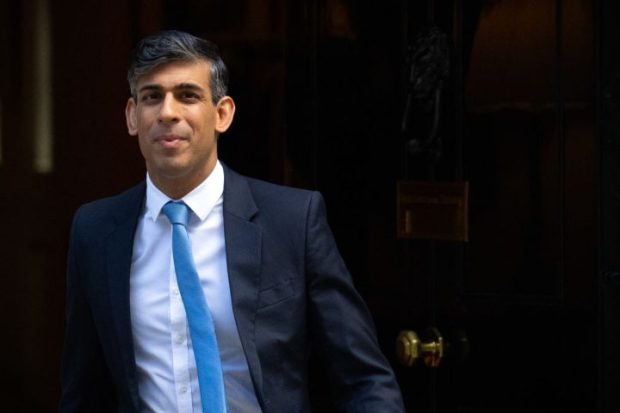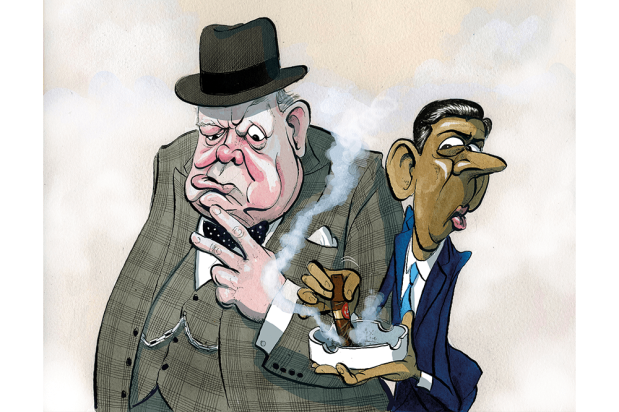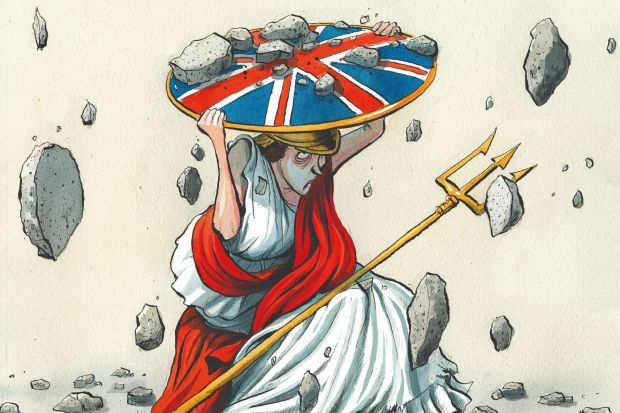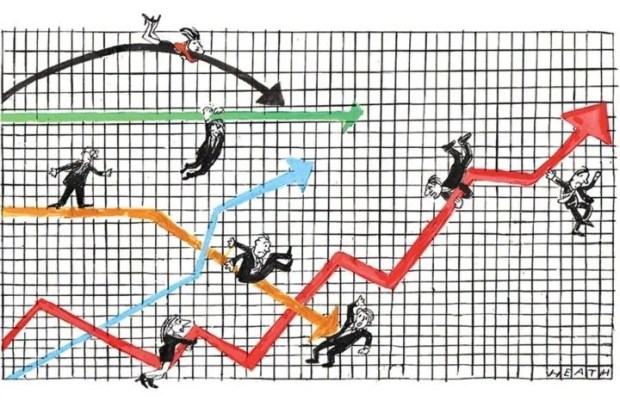Boris Johnson delayed 21 June, he said, because the data did not merit a full reopening. The specific data government is tracking to make these decisions remains unknown, so we are left to guess. But it’s hard to imagine the decision was disconnected from the rising Covid infection rate across the UK, due to the Indian variant’s increased transmissibility. The UK has gone from having some of the lowest Covid rates in Europe to now having the highest in just a matter of weeks.
But is the story that simple? Data from areas hit hardest and fastest by the Indian variant suggest some reasons to be optimistic. In Bolton, the seven-day average for Covid cases leveled off (and started falling) weeks before the government settled on a 21 June delay. The numbers of patients in hospital, too, peaked at a third of the level of the most recent wave. Hospitalisations have since stabilised.
But it’s not the only area that has seen cases level off. New data from Public Health England suggests that cases have settled in Blackburn with Darwen too, with the rolling seven-day average of 667 cases per 100,000 on 7 July now down to just below 600.
It’s difficult to say the extent to which this is due to the nature of the virus, control measures, or both. Interventions were made to curb these outbreaks: mainly a surge-vaccination policy that saw younger age groups eligible for jabs too. This is likely to have made a meaningful difference, as the rise in Covid cases across England is now most prevalent in adults aged between 20-39, many of whom will not have been vaccinated yet. Only 5 per cent of cases up to 11 June were registered amongst the over-60s.
This bolsters the Prime Minister’s aim of getting more jabs into arms before a full reopening. But there are still outstanding questions about the extent to which immunity and protection was already there, especially in the most vulnerable, thanks to months of a highly efficient vaccine rollout.
The Telegraph reports that the models used to delay 21 June were badly out of date, working on the basis of far lower vaccine efficacy than the jabs actually provide. Worse, it’s reported that officials were aware of this the Friday before the delay announcement. This follows a trend: Sage scenarios continue to overestimate severe reactions to the virus that would land a person in hospital.
None of this negates the case for caution. As we’ve learnt the hard way with this virus, what we know and expect can quickly change. With a more transmissible variant spreading throughout the UK, it’s reasonable to want to see more data on the effects, before throwing the doors to normal life back open.
But the positive data coming out of hotspot areas, contrasted with the questionable data used to postpone lockdown, restates the need for full transparency on what numbers the government is tracking to release the rest of the lockdown measures.<//>
Got something to add? Join the discussion and comment below.
Get 10 issues for just $10
Subscribe to The Spectator Australia today for the next 10 magazine issues, plus full online access, for just $10.





















Comments
Don't miss out
Join the conversation with other Spectator Australia readers. Subscribe to leave a comment.
SUBSCRIBEAlready a subscriber? Log in